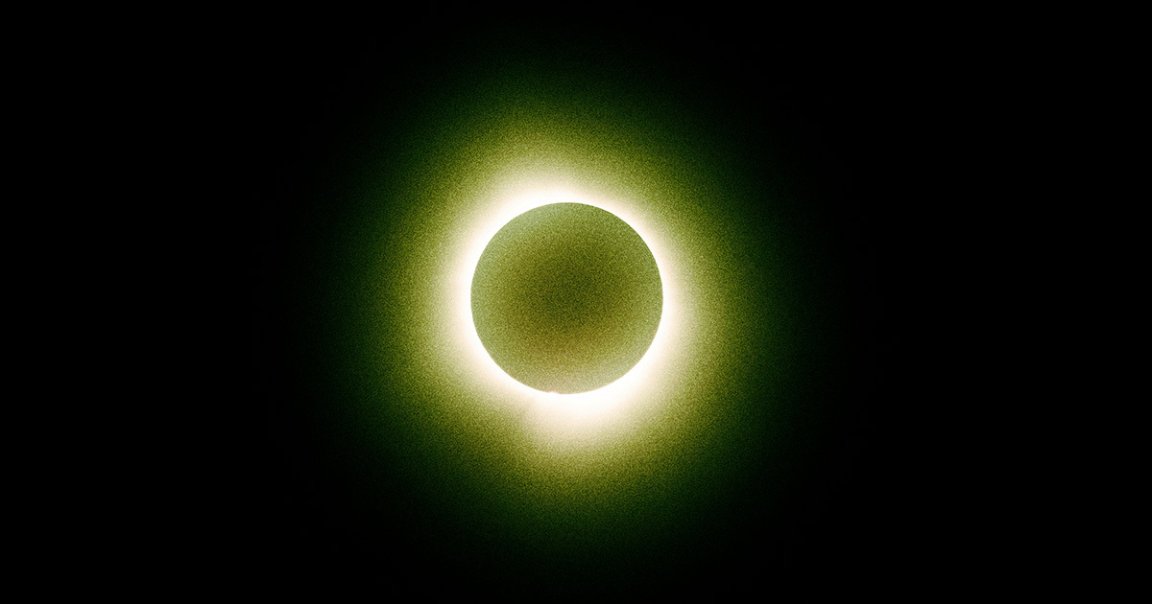
Astronomers have detected a relatively close exoplanet orbiting in the habitable zone of its star, where temperatures are just right to support liquid water on the surface.
As detailed in a new study published in the journal Astronomy & Astrophysics, the planet, dubbed HD 20794 d, is suspected to be what’s referred to as a super-Earth, possessing around six times the mass of our world. Promisingly, it orbits a star much like our own, and resides just twenty light years away. That makes it one of the closest potentially habitable worlds that astronomers know of.
There’s still some major questions to be answered about the planet, and it’s too early to outright say if it’s capable of supporting life — but habitability certainly looks possible.
“For me, it was naturally a huge joy when we could confirm the planet’s existence,” said study coauthor Michael Cretignier, an astrophysicist at Oxford University, in a statement about the work. “It was also a relief, since the original signal was at the edge of the spectrograph’s detection limit, so it was hard to be completely convinced at that time if the signal was real or not.”
And because it’s so close, he adds, there “hope for future space missions to obtain an image of it.”
The presence of exoplanets in the star system was first detected in 2011, but data at the time was lacking. It wasn’t until 2022 that Cretignier and his colleagues stumbled onto something more substantive: they noticed a “wobble” in the light spectrum of the host star.
One way astronomers look for exoplanets is via gravitational clues. Just as a star’s gravity pulls on a planet, so does the planet on the star, and that can cause the stellar body to “wobble” out of its expected position. As a result, when the star moves closer or farther away from us, its light slightly shifts in color, which astronomers can spot.
Still, to confirm the detection, the team had to sift through decades of data, including imaging by the exoplanet-hunting ESPRESSO instrument on the Very Large Telescope in Chile.
“We worked on data analysis for years, gradually analyzing and eliminating all possible sources of contamination,” Cretignier said.
The planet’s star, 82 G. Eridani, is a yellow dwarf like our Sun with about 80 percent of its mass. It’s older than our Sun, however, and perhaps showing its age, is also a tad fainter.
That’s encouraging, but as for its newly confirmed planet, a few details remain a bit dicey. HD 20794 d’s orbit is elliptical, not circular like Earth’s, so the distance it keeps from its star changes dramatically as it revolves. That could make conditions on the planet’s surface pretty volatile, with dramatic temperature swings; at its farthest point, the planet gets chilly enough for water to freeze.
In fact, there’s a chance that HD 20794 d may not be a super-Earth as suspected, but instead a what’s known as a mini-Neptune, or an icy world similar to the one in our solar system but lesser in mass. Nonetheless, there’s little doubt in the astronomer’s minds that we should be paying close attention to this intriguing celestial neighbor.
“With its location in a habitable zone and relatively close proximity to Earth, this planet could play a pivotal role in future missions that will characterize the atmospheres of exoplanets to search for biosignatures indicating potential life,” Cretignier said.
More on astronomy: Strange Signal Coming From Dead Galaxy, Scientists Say